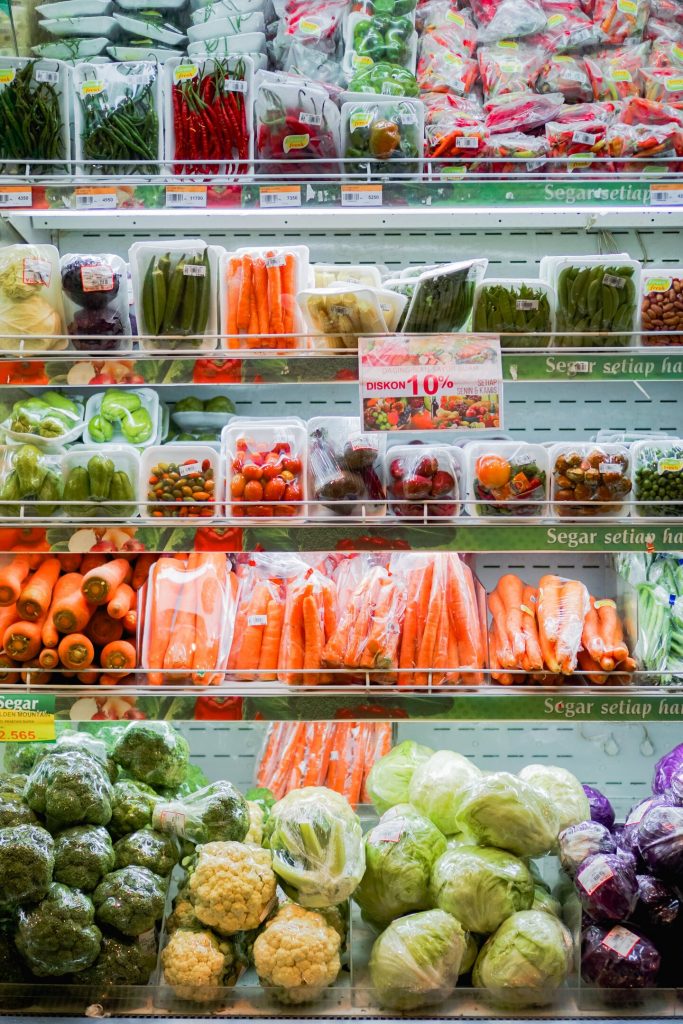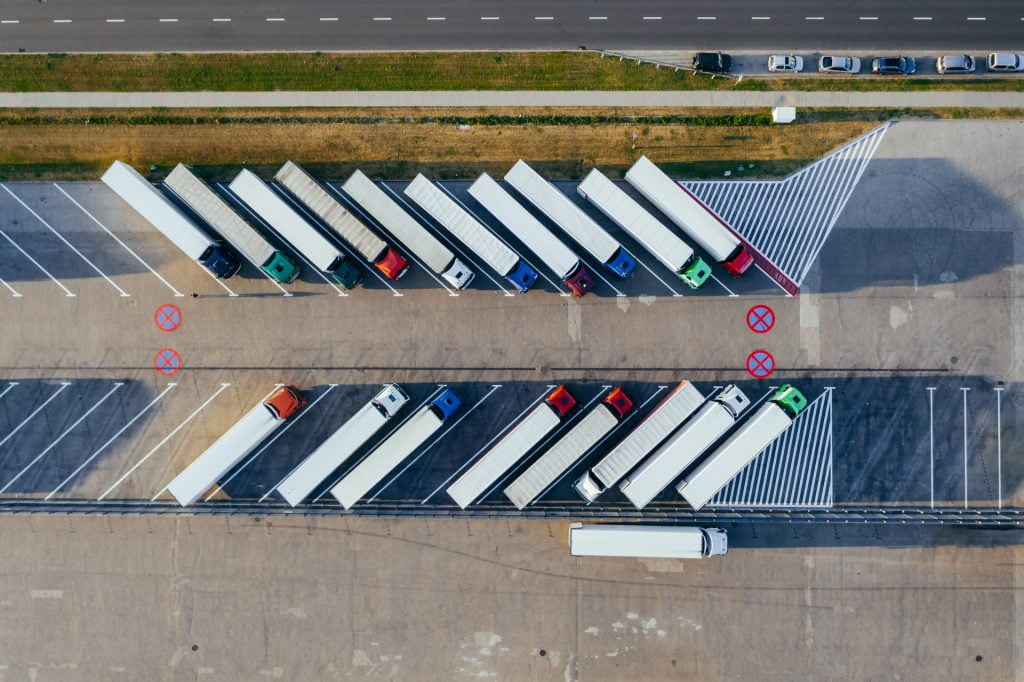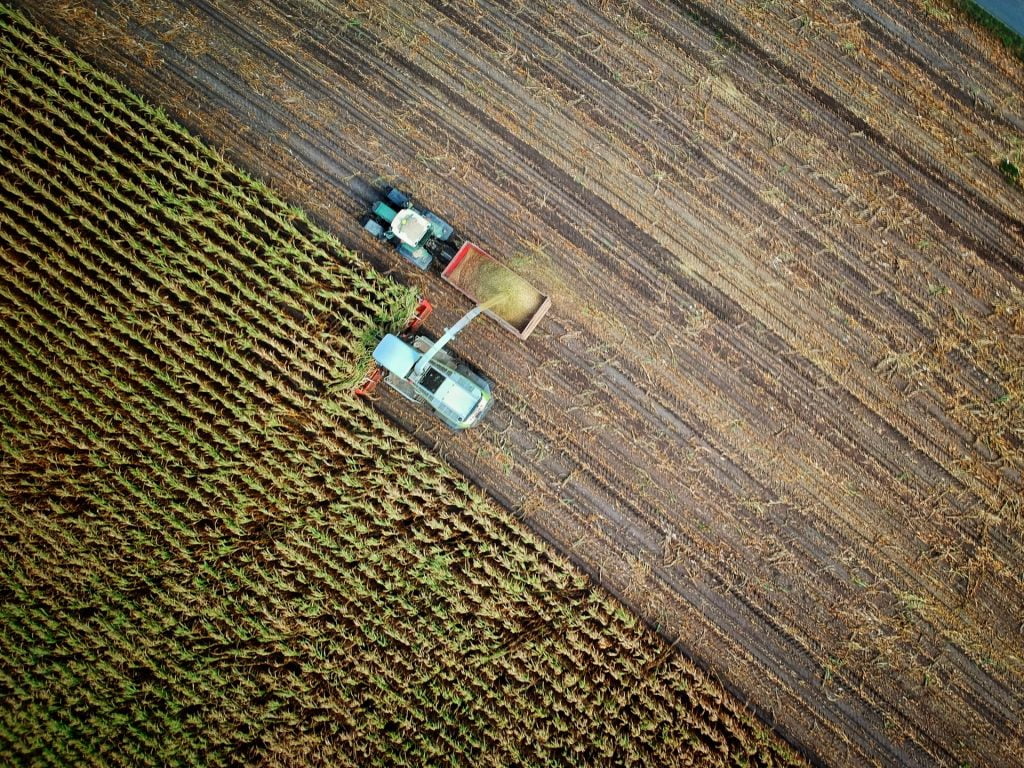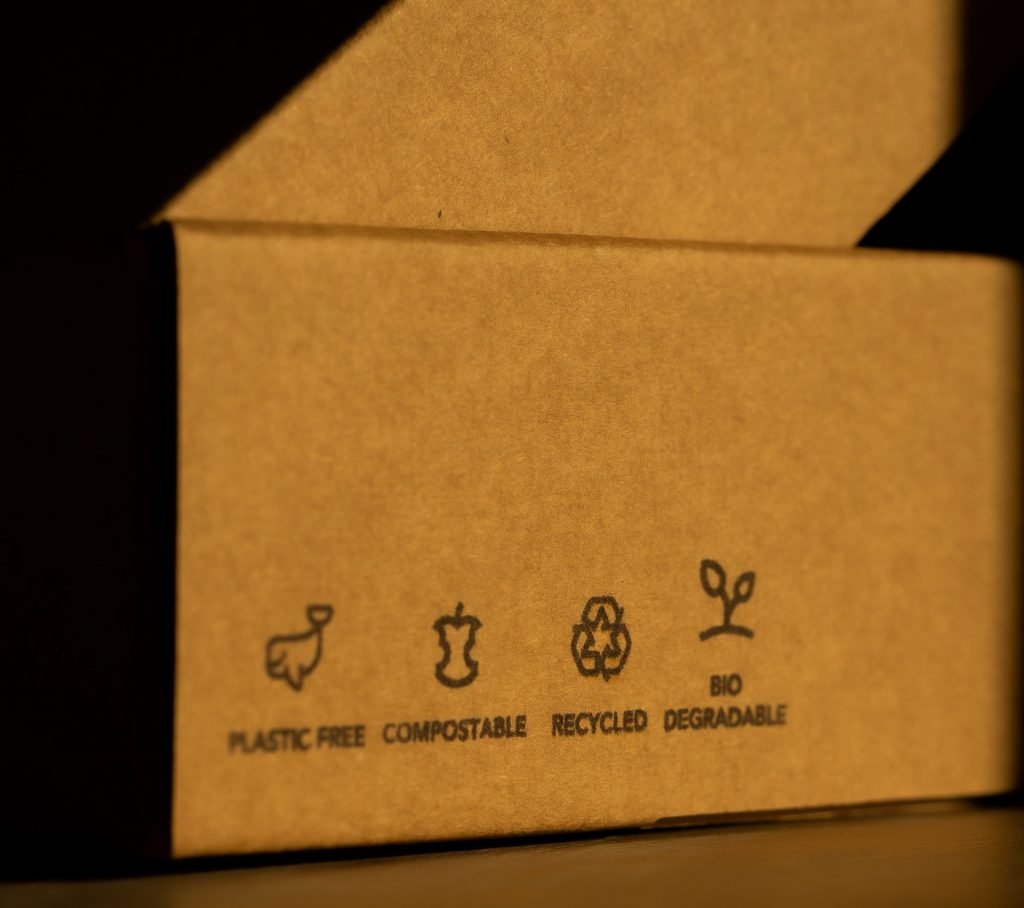The great debunking of climate myths: Packaging
Have you ever walked through a grocery store aisle and caught yourself raging or raving?
Why does this single cucumber need a plastic wrap?
Why package two portions in one package of chicken?
Juice in a PET bottle? No thanks, I will have my juice in a glass bottle.
‘30% less plastic’ in packaging? Well done, food brand!
If this isn’t you, it was certainly most of us non-scientists here at CarbonCloud – before we joined CarbonCloud! We thought packaging was climate’s #1 enemy; It wasn’t until we shot questions at our Science team that the realization hit us: Packaging is often a distraction.
In terms of climate footprint, a lot of the mainstream narratives that most of us uphold and reward, make little difference to the climate footprint – and a huge difference to waste. Here’s all we think we know about the climate footprint of packaging and what we should know instead.
Climate impact of packaging and food waste
As you may know, CarbonCloud climate footprints are calculated cradle-to-shelf for good reasons listed here. Nevertheless, many packaging decisions aim to optimize the on- and post-shelf life of a food product. Also rightfully so, because 6% of the total greenhouse gas emissions derives from food waste – from the consumer side and in the supply chain [1].
The rager cucumber: Single-unit packaging
Let’s take the rager cucumber example: Why does this single cucumber need a plastic wrap? Because it prolongs the life of the cucumber and minimizes waste!
That plastic wrap prolongs the shelf life of a cucumber by 3-14 days compared to a naked cucumber [2]. As a result, the plastic wrap reduces waste to more than half compared to a naked cucumber [3]. On the climate flip side, the plastic wrap is only 1% of the total climate footprint of the cucumber.
Let’s check the hard data at the store shelf: Waste adds 226 gr of CO2e per kg of naked cucumber to the total climate footprint. Waste (101 gr CO2e) and the plastic wrap (22 gr CO2e) add 123 gr of CO2e per kg of packaged cucumber to the total climate footprint. The benefit of the reduced waste on the total climate footprint of the cucumber is over 5 times higher than the impact of packaging!
Newsletter to-go?
Our special today is our Newsletter, including snackable tips, hearty climate knowledge, and digestible industry news delivered to your inbox
The rager chicken: Portion-packaged products
For us living in single households, it is silly to even ask ‘why pre-package two portions of chicken breasts?’, because it is the reasonable portion. Turns out that pre-portioned packaging of chicken reduces post-shelf (at the consumers’ homes) waste by 36%.
Moreover, the difference in the total climate footprint of the product is minuscule. Packaging is 12% of the total climate footprint for portioned products and 10% for unportioned products! Definitely not a number to rage over – especially considering that the benefit of the reduced waste is 4.6 times higher than the impact of the additional packaging.
Verdict: No reason to rage over the single or pre-portioned packaging as the benefits from waste reduction massively outnumber the contribution of plastic to the total climate footprint of food products. As we already know by now, the majority of emissions in food production come from agriculture – right?
Packaging material – climate-ranked
The Science team schooling was a jumpy awakening to some of our former selves who preferred juice in glass bottles.
Let’s get everyone’s attention quickly: our reference product is beer 🍺(33cl/11oz).
Overall in beverages, the packaging is a larger chunk of the product’s climate footprint compared to other products. Specifically, the percentage of each packaging material on the total climate footprint of beer ranges between 25-55%.
Plastic isn’t the devil in liquid packaging. However, it isn’t an angel either: The packaging material with the lowest climate footprint is recycled aluminum.

Nevertheless, recycling and the circular economy have some pointers that affect the climate impact of packaging. Recycling glass is an energy-intensive process. This is why even the climate footprint of recycled material is quite high. The reason aluminum is not as high is that it is less energy-intensive. However, the beverage industry has been very vocal about the scarcity of recycled packaging – so if you don’t deposit cans and bottles for the money, help the food industry and deposit for the climate.
40% less plastic? – 3% lower footprint…
This used to be a great catch for our pre-CarbonCloud consumer-selves. Of course, it was based on the same assumed premise that plastic is the devil. And as great a catch as it was, the downfall was massively greater.
Our example here is a bag of chips. 40% less plastic! it proudly proclaims. We crunched the numbers of our Climate Hub benchmark and found the following. A 40% reduction in plastic packaging brings the emissions from packaging down, from 0.3 kg of CO2e to 0.2 kg of CO2e. On the total climate footprint, the reduction is from 3 kg of CO2e to 2.9 kg of CO2e per kg of product. The reduction in the total climate footprint is 3.3%!
Now take a second look at the chart above – the same statement for other materials, such as aluminum and glass packaging can really make a difference. 40% less packaging in a 33cl beer in a glass bottle translates to a 20% reduction in the total climate footprint.
Marketing understands that the statement 3% less climate footprint is not as appealing as 40% less plastic… Is it greenwashing? It’s in the eye of the beholder. Is even a 3% reduction in climate footprint bad? Absolutely not! Did we think it was much more? We certainly did. Did we start side-eyeing these brands? Abso-certain-lutely. Do these brands know how little impact it has on the total climate footprint? …No clue! But they can certainly find out!
Then why is packaging-bashing all the rage?
There are good reasons why plastic and packaging overall have emerged as negative narratives in the mainstream: Improper disposal and long decomposing time, biodiversity damage as a result, fossil resource use. However, in many cases where this narrative prevails, it can act as a distraction and shift away gravity and focus – from both consumers and food brands – from taking decisions with a bigger impact.
Any action food producers and consumers alike are taking to lower our climate footprint is nothing short of a great intention. But time is running out – we need to do more and the best way to get there is to optimize: Where can we make the biggest impact with our limited resources? Our square 1 is knowing where our resources have the biggest impact. For us as consumers, it wasn’t until we had some of the knowledge the CarbonCloud Science Team has that we could start making impactful decisions.
For food producers, it is not until they know their climate footprint and where it comes from that they can make the right decisions to reduce it as much as possible. Very often, these decisions do not lie in the packaging domain – but every food product is different and sometimes packaging can have a large impact as When In Rome showed us. We don’t know until we know. Do you know?
This shan't take long...
Ready to meet your portfolio emissions? Let us automate it
Getting started is hard – Simplify it with Automated mapping and jump straight to the action. Reach out to our climate performance experts and see how you can jumpstart your climate strategy.
Related Posts
The great debunking of climate myths: Transportation
Enjoy this ribeye steak, friend! Yes, its carbon footprint is infamously high but don’t worry; I buy all my beef from local farmers.Hey roomie, when you get to the grocery store, get the local tomat
Climate myths: Is organic food unequivocally better for the climate?
When we buy organic food, we feel a certain level of satisfaction. Organic food comes with a positive sign: We’re doing something good for ourselves and something ‘good for the planet’. But when
Calculating the climate footprint of packaging
From time to time, we get questions about our emission factors for packaging material. Sometimes they differ from the emission factors found elsewhere, for methodological reasons. In this article, we






